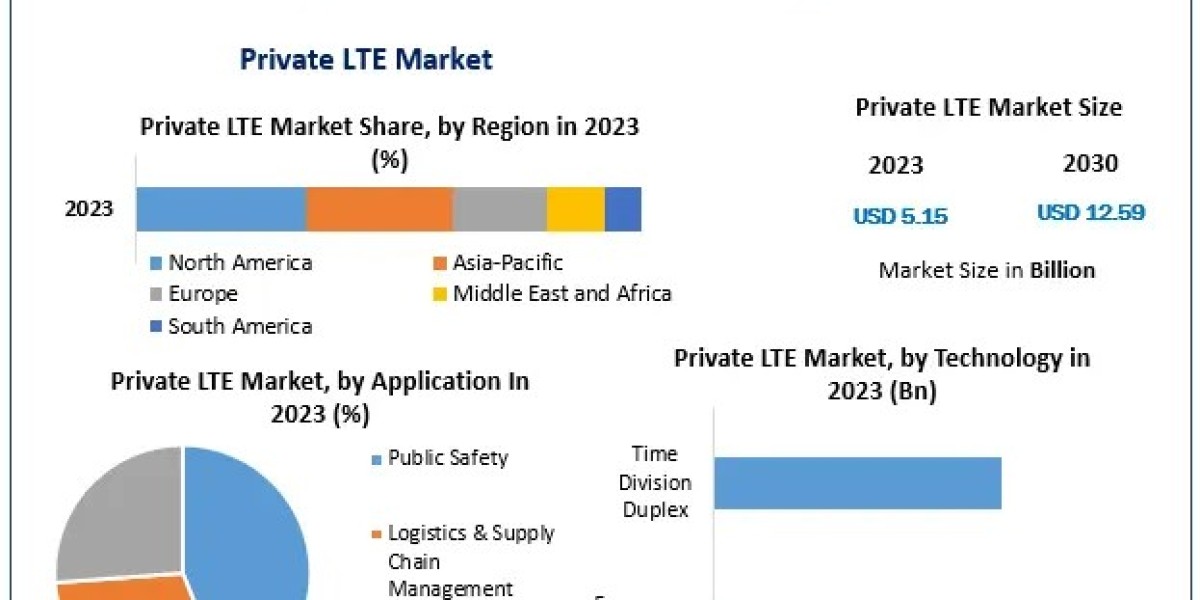Introduction:
The Evolution of Influencer Codes in the Digital Era, In the age of social media dominance, influencers wield unprecedented power to shape consumer behavior and preferences. As this influence continues to grow, so does the need for transparency and authenticity in influencer marketing. One key aspect of this transparency is the use of influencer codes, which have evolved significantly over time. In this article, we delve into the past, present, and future of influencer codes, exploring their significance, challenges, and potential trajectories in the digital landscape.
The Rise of Influencer Marketing:
Before diving into the intricacies of influencer codes, it’s essential to understand the broader context of influencer marketing. Over the past decade, social media platforms like Instagram, YouTube, and TikTok have revolutionized the way brands engage with consumers. Influencers, with their large and dedicated followings, have become powerful intermediaries between brands and consumers, capable of driving sales and shaping brand perceptions with a single post.
However, as influencer marketing gained momentum, so did concerns regarding transparency and authenticity. Followers began to question the sincerity of sponsored content, leading to calls for greater transparency in influencer-brand collaborations. This demand for transparency laid the groundwork for the emergence of influencer codes.
The Birth of Influencer Codes:
Influencer codes, also known as discount codes or affiliate links, are unique identifiers provided by brands to influencers. When influencers promote a product or service, they often include these codes in their posts or videos. Followers can then use these codes to avail discounts or special offers when making a purchase, while influencers earn a commission for every sale generated through their code.
Initially, influencer codes served primarily as a tracking mechanism for brands to measure the effectiveness of their influencer partnerships. However, as consumer skepticism towards sponsored content grew, influencers began using codes as a means of transparency, disclosing their commercial relationships with brands openly.
The Evolution of Transparency:
As the influencer marketing industry matured, so did the expectations surrounding transparency and disclosure. Influencers, brands, and regulatory bodies alike recognized the need for clear and conspicuous disclosures to maintain trust and credibility with audiences.
In response, influencer codes evolved beyond mere tracking tools to become symbols of transparency and authenticity. Influencers started using captions like "#ad" or "sponsored" alongside their codes to signal to their followers that the content was part of a paid partnership. This practice not only fostered transparency but also helped audiences make informed decisions about the content they consumed.
Challenges and Controversies:
Despite their role in promoting transparency, influencer codes have not been immune to challenges and controversies. One of the primary concerns revolves around the disclosure practices of influencers, with some failing to adequately disclose their commercial relationships with brands.
Moreover, the authenticity of influencer codes has been called into question, with accusations of influencers promoting products solely for monetary gain without genuinely believing in or using them. This lack of authenticity undermines the credibility of both influencers and the brands they promote, eroding trust and damaging relationships with followers.
Additionally, the proliferation of fake influencers and fraudulent practices, such as purchasing followers or engagement, has further complicated the landscape of influencer marketing. Fake influencers often exploit influencer codes to deceive brands into believing they have a genuine following, leading to ineffective collaborations and wasted resources.
The Future of Influencer Codes:
As we look to the future, several trends and developments are poised to shape the evolution of influencer codes. One such trend is the increasing emphasis on micro and nano influencers, who have smaller but highly engaged followings. These influencers often have a more authentic and relatable appeal, making their use of influencer codes feel less transactional and more genuine.
Another emerging trend is the integration of influencer codes with e-commerce platforms and social commerce features. Platforms like Instagram and TikTok are experimenting with in-app shopping experiences, allowing users to purchase products directly from influencer posts. In this context, influencer codes could play a central role in tracking sales and measuring ROI in real-time.
Furthermore, advancements in technology, such as blockchain and smart contracts, hold promise for enhancing transparency and accountability in influencer marketing. Blockchain-based solutions can provide immutable records of influencer-brand transactions, ensuring that influencer codes are used ethically and transparently.
Conclusion:
Influencer codes have come a long way from being simple tracking tools to becoming symbols of transparency and authenticity in influencer marketing. As the industry continues to evolve, influencer codes will play a crucial role in maintaining trust and credibility between influencers, brands, and audiences.
However, addressing the challenges of transparency, authenticity, and accountability will be essential for the continued success of influencer codes. By embracing emerging trends and leveraging technological innovations, the future of influencer codes promises to be characterized by greater transparency, authenticity, and effectiveness in driving consumer engagement and brand loyalty in the digital era.







